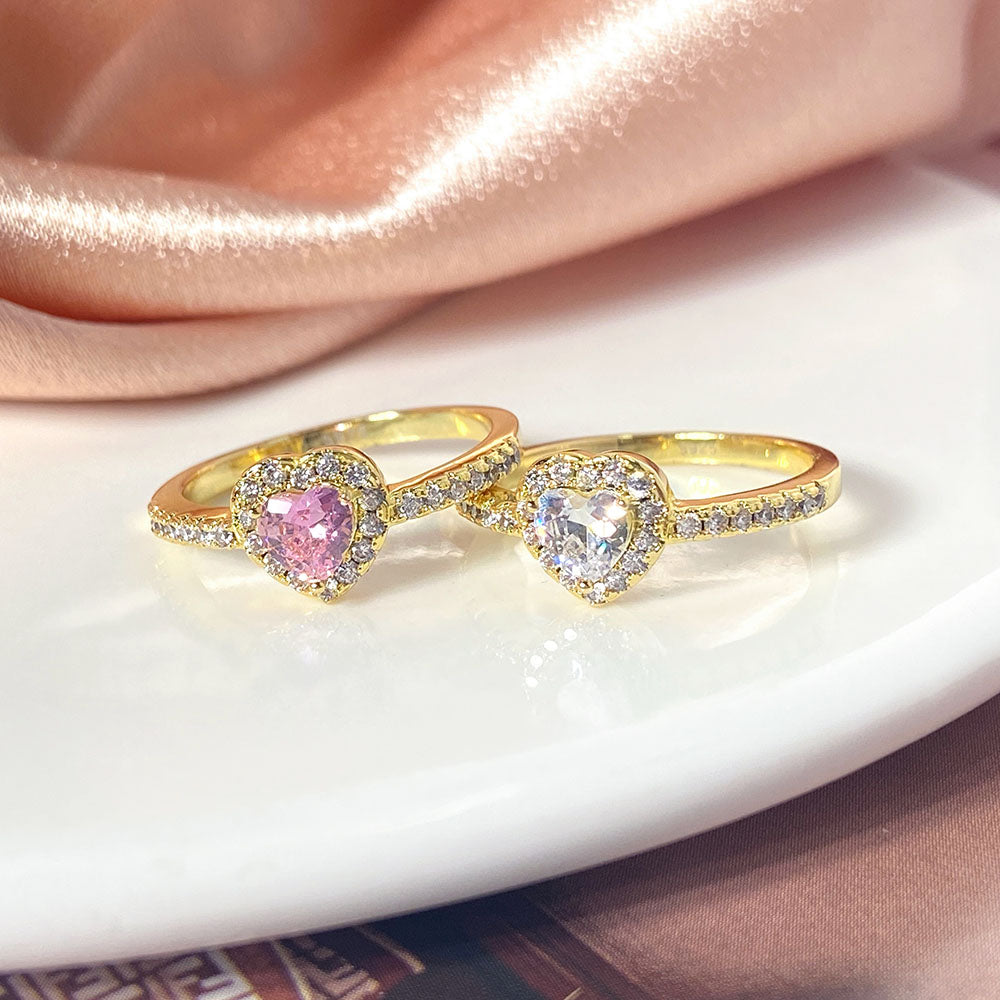Your jewelry is more than just an accessory: it's a reflection of your style, a symbol of special memories, and often an investment that can last a lifetime. Whether it’s a cherished gift, a favorite piece you wear daily, or a statement item for special occasions, keeping your jewelry looking as good as new requires some simple but essential care steps.
In this guide, we’ll walk you through the basics of jewelry care so you can protect your favorite pieces and keep them sparkling for years to come.
1. Know Your Jewelry Materials
The first step in caring for your jewelry is understanding what it’s made of. Different materials require different types of care. Here are some common jewelry materials and their care instructions:
- Gold: Gold is a durable material, but it can scratch or tarnish over time. Regular gentle polishing with a soft cloth will help maintain its shine.
- Sterling Silver: Silver can tarnish easily when exposed to air and moisture. Store it in an anti-tarnish bag and clean it regularly with a silver polishing cloth to prevent oxidation.
- Plated Jewelry: Gold- or silver-plated pieces require extra care, as the thin layer of plating can wear off with excessive exposure to water or chemicals. Avoid harsh cleaning products and wipe gently with a soft, dry cloth.
- Gemstones: Different gemstones react differently to heat, light, and chemicals. It’s best to avoid exposing gemstone jewelry to harsh cleaning agents, and instead, clean them gently with water and a soft brush.
2. Store Your Jewelry Properly
Proper storage is key to keeping your jewelry in pristine condition. When you’re not wearing your pieces, here’s how to store them to prevent damage:
- Use a Jewelry Box: A soft-lined jewelry box with compartments is ideal for preventing scratches, tangling, and other damage. Make sure your jewelry pieces aren’t stacked on top of each other, as they can scratch or damage one another.
- Separate Metals: Store different types of metals separately to avoid tarnishing and scratching. Gold, silver, and platinum pieces should each have their own space.
- Hang Necklaces: To prevent chains from tangling, hang necklaces on a jewelry stand or use anti-tangle pouches.
3. Clean Your Jewelry Regularly
Keeping your jewelry clean is essential for maintaining its shine and luster. Here’s how to clean your pieces safely at home:
- Gold and Sterling Silver: For a gentle clean, mix a few drops of mild dish soap with warm water. Soak your jewelry for a few minutes, then use a soft brush (like a toothbrush) to clean crevices. Rinse with cool water and dry with a soft cloth.
- Gemstones: Use a damp cloth or a soft brush with water to clean gemstone jewelry. Be careful with stones like pearls, opals, and emeralds, as they are softer and can be damaged by harsh chemicals or heat.
- Plated Jewelry: Avoid soaking plated jewelry. Instead, gently wipe it with a soft, dry cloth after each use to remove oils and dirt. This will help preserve the plating.
For professional-grade cleaning, consider having your jewelry professionally cleaned every 6-12 months.
4. Avoid Exposure to Chemicals
Exposure to harsh chemicals can damage your jewelry, causing tarnishing, discoloration, or even eroding its surface. To protect your pieces, keep these tips in mind:
- Remove Jewelry Before Applying Products: Take off your rings, bracelets, or necklaces before applying lotions, perfumes, hair sprays, or any other beauty products. These can leave a residue that dulls the shine and can be difficult to clean off.
- Take Off Jewelry When Cleaning: Household cleaners often contain harsh chemicals that can harm your jewelry, especially silver and plated items. Remove your pieces before using cleaning products like bleach, ammonia, or chlorine.
5. Handle With Care
Certain activities can damage or wear down your jewelry. To prolong the life of your favorite pieces, handle them with care:
- Remove Jewelry Before Swimming or Bathing: Water, especially chlorinated or saltwater, can cause damage or tarnish your jewelry. Take off your pieces before showering, swimming, or entering hot tubs.
- Take Off Jewelry Before Exercising: Sweat can speed up tarnishing and dull the appearance of your jewelry. It’s best to remove your rings, necklaces, and bracelets before working out.
- Avoid Wearing Jewelry to Bed: Sleeping with jewelry on, especially necklaces and earrings, can lead to tangling, kinking, or damage to prongs holding stones. Taking off your jewelry before bed is a simple way to avoid unnecessary wear and tear.
6. Be Mindful of Delicate Pieces
Delicate or intricate jewelry, such as thin chains, small clasps, or rings with intricate settings, require extra care to avoid breakage or damage. Always handle these pieces gently, and check them regularly for signs of wear, like loose prongs or weakened clasps. If you notice any issues, take them to a jeweler for repair to prevent further damage.
7. Insure Your Valuable Pieces
For high-value or sentimental jewelry, consider getting insurance to protect your investment. Accidents happen, and in case of loss, theft, or damage, having insurance provides peace of mind that you’ll be covered.
Final Thoughts: Simple Steps for Lasting Shine
With proper care, your jewelry can remain a beautiful and treasured part of your collection for years to come. By understanding your jewelry’s materials, storing it carefully, cleaning it regularly, and protecting it from harsh chemicals and activities, you can ensure that your favorite pieces stay looking as good as new.
Whether it’s a delicate necklace or a bold statement ring, taking a few simple steps to care for your jewelry will help preserve its beauty, allowing you to enjoy it for years to come! Start your jewellery collection here: https://ecstasyjewellery.com/


